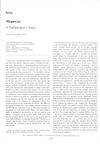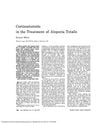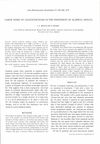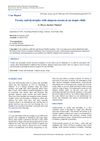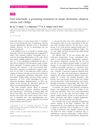Alopecia Areata: Immune Function and Treatment Options
January 1985
in “
International Journal of Dermatology
”
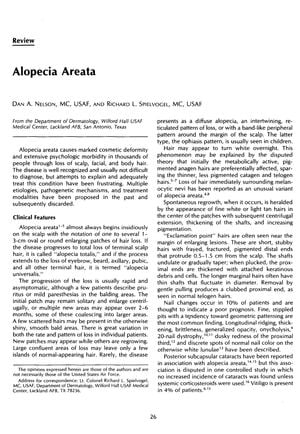
TLDR The cause of alopecia areata was unknown, and while various treatments existed, no best treatment was agreed upon.
In 1985, alopecia areata was recognized as a condition causing significant distress due to hair loss, with an incidence of 2-5% in dermatologic clinics and a family history in 10-27% of patients. The etiology was unknown, but research focused on immune function, particularly cell-mediated immunity. Various treatments were discussed, including corticosteroids, PUVA, and contact allergen therapy, but no consensus on the best treatment was reached. Dapsone was found ineffective in a study of 22 patients, while Minoxidil showed promise in anecdotal evidence, with hair regrowth reported in some patients. The document also mentioned other treatments like squaric acid dibutylester and diphencyprone, but without detailed results. Additionally, it touched on the social life of 18th-century England and developments in mineral water, though these were unrelated to alopecia areata treatment.
